Smartphones have undergone huge changes since the arrival of the first iPhone. They have seen a significant increase in performance, better cameras and practically perfect displays. It is the displays that have improved beautifully. Today we already have, for example, the iPhone 13 Pro (Max) with its Super Retina XDR display with ProMotion technology, which is based on a high-quality OLED panel. Specifically, it offers a wide color range (P3), contrast in the form of 2M:1, HDR, a maximum brightness of 1000 nits (up to 1200 nits in HDR) and an adaptive refresh rate of up to 120 Hz (ProMotion).
It could be interest you

The competition is not bad either, which, on the other hand, is a level further ahead when it comes to displays. This does not mean that their quality is higher than that of the Super Retina XDR, but that they are more accessible. We can literally buy an Android phone with a quality display for a few thousand, whereas if we want the best from Apple, we are dependent on the Pro model. However, an interesting question arises when considering the current quality. Is there still anywhere to move?
Today's display quality
As we indicated above, today's display quality is at a solid level. If we put the iPhone 13 Pro and the iPhone SE 3 side by side, for example, in which Apple uses an older LCD panel, we will immediately see a huge difference. But in the final there is nothing to be surprised about. For example, the DxOMark portal, which is known primarily for its comparative tests of phone cameras, rated the iPhone 13 Pro Max as the mobile phone with the best display today. However, looking at the technical specifications or the display itself, we find that we can wonder whether there is still room to move forward. In terms of quality, we have reached a really high level, thanks to which today's displays look wonderful. But don't let that fool you - there's still plenty of room.
For example, phone makers could switch from OLED panels to Micro LED technology. It is practically similar to OLED, where it uses hundreds of times smaller diodes than ordinary LED displays for rendering. However, the fundamental difference is in the use of inorganic crystals (OLED uses organic), thanks to which such panels not only achieve a longer life, but also allow for greater resolution even on smaller displays. In general, Micro LED is considered to be the most advanced technology in the image at the moment and intensive work is being done on its development. But there is one catch. For now, these panels are extremely expensive and their deployment would therefore not be worthwhile.
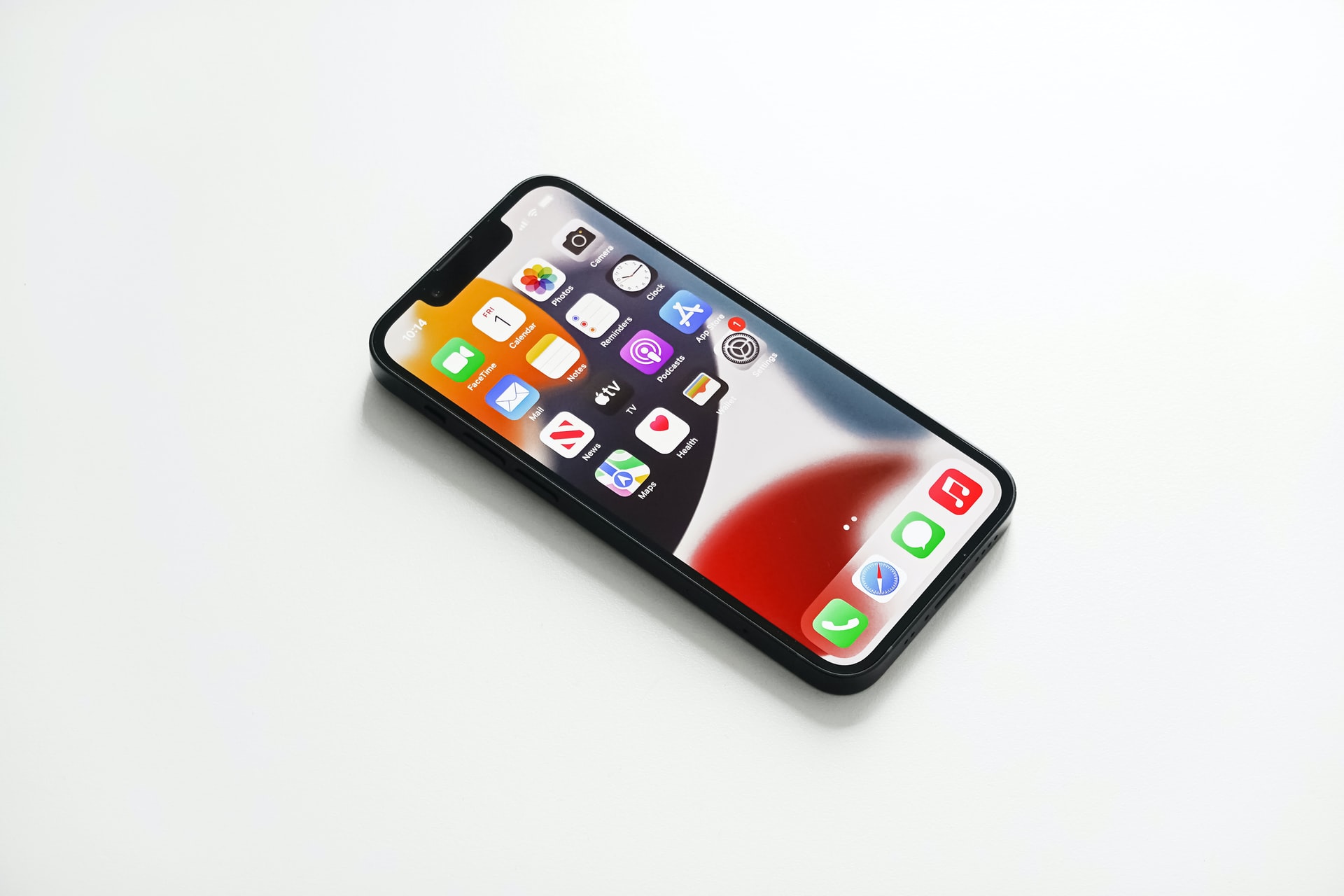
Is it time to start experimenting?
The space where the displays can move is definitely here. But there is also an obstacle in the form of the price, which makes it more than clear that we will definitely not see something like this in the near future. Even so, phone manufacturers can improve their screens. Specifically for the iPhone, it is appropriate for Super Retina XDR with ProMotion to be included in the basic series, so that a higher refresh rate would not necessarily be a matter of the Pro models. On the other hand, the question is whether apple growers need something similar at all, and whether it is therefore necessary to bring this feature further.
It could be interest you
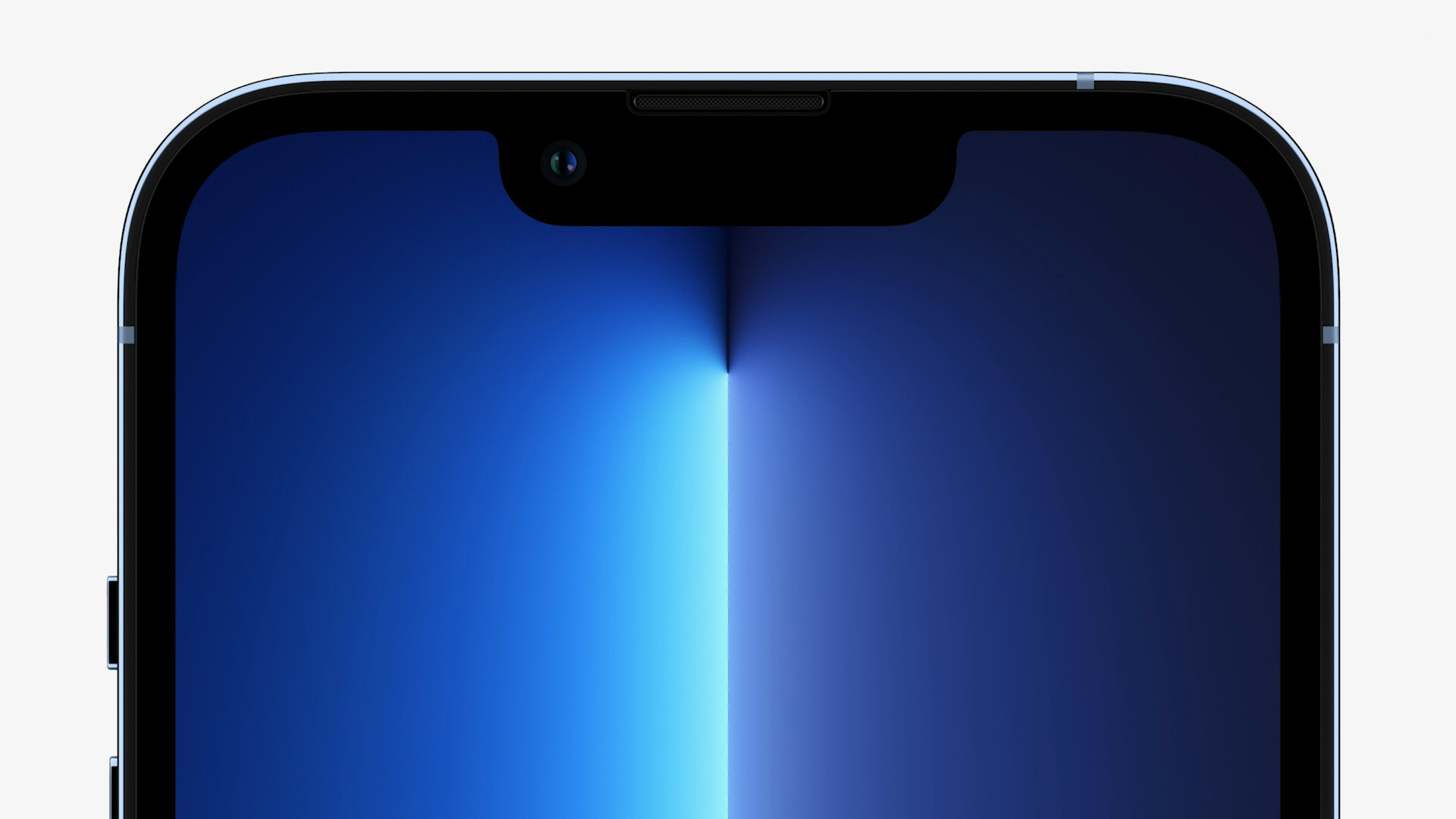
Then there is also a camp of fans who would prefer to see a shift in a completely different sense of the word. According to them, it is time to start experimenting more with displays, which is now being demonstrated by, for example, Samsung with its flexible phones. Although this South Korean giant has already introduced the third generation of such phones, it is still a rather controversial change that people are not used to yet. Would you like a flexible iPhone, or are you loyal to the classic smartphone form?
 Adam Kos
Adam Kos 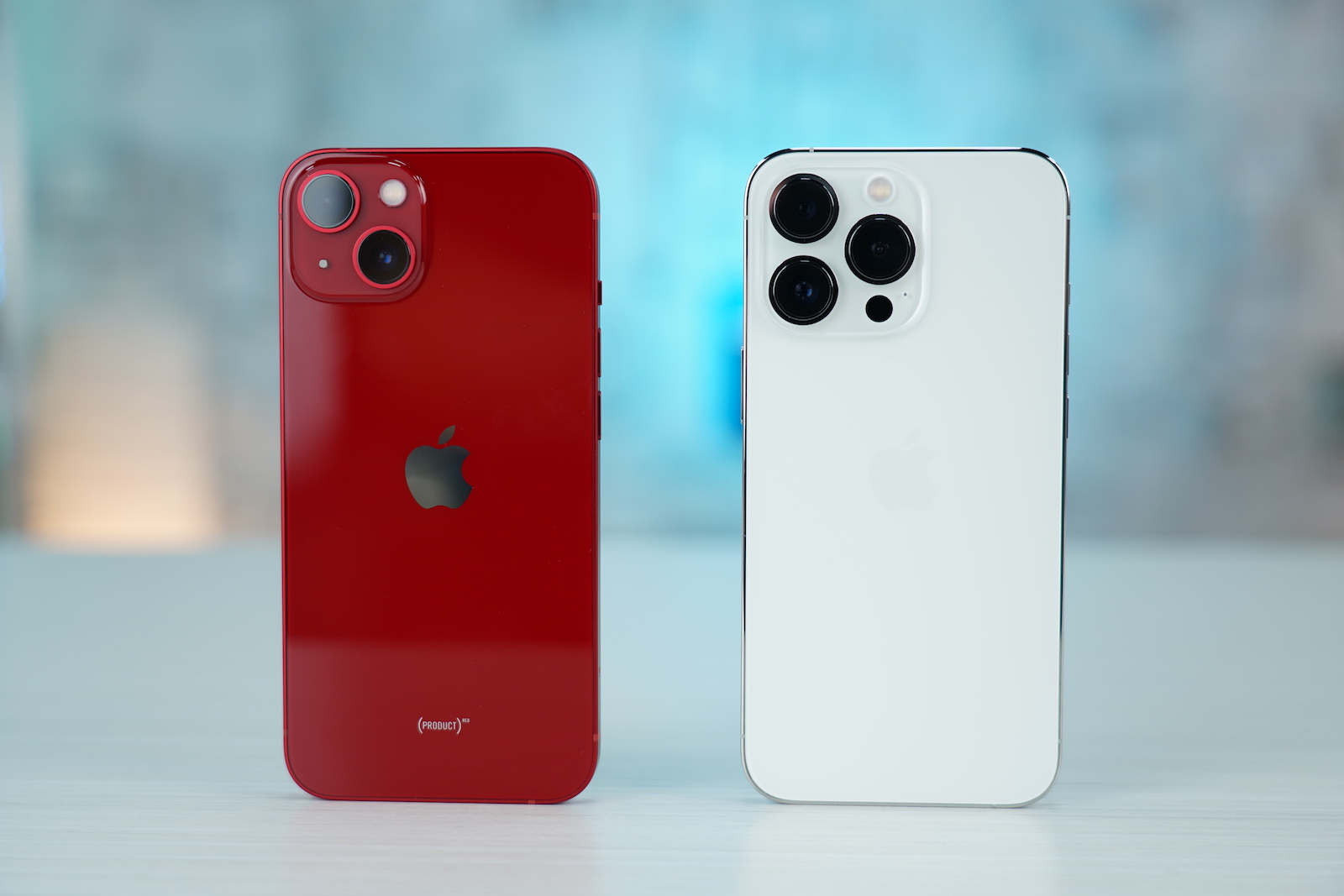
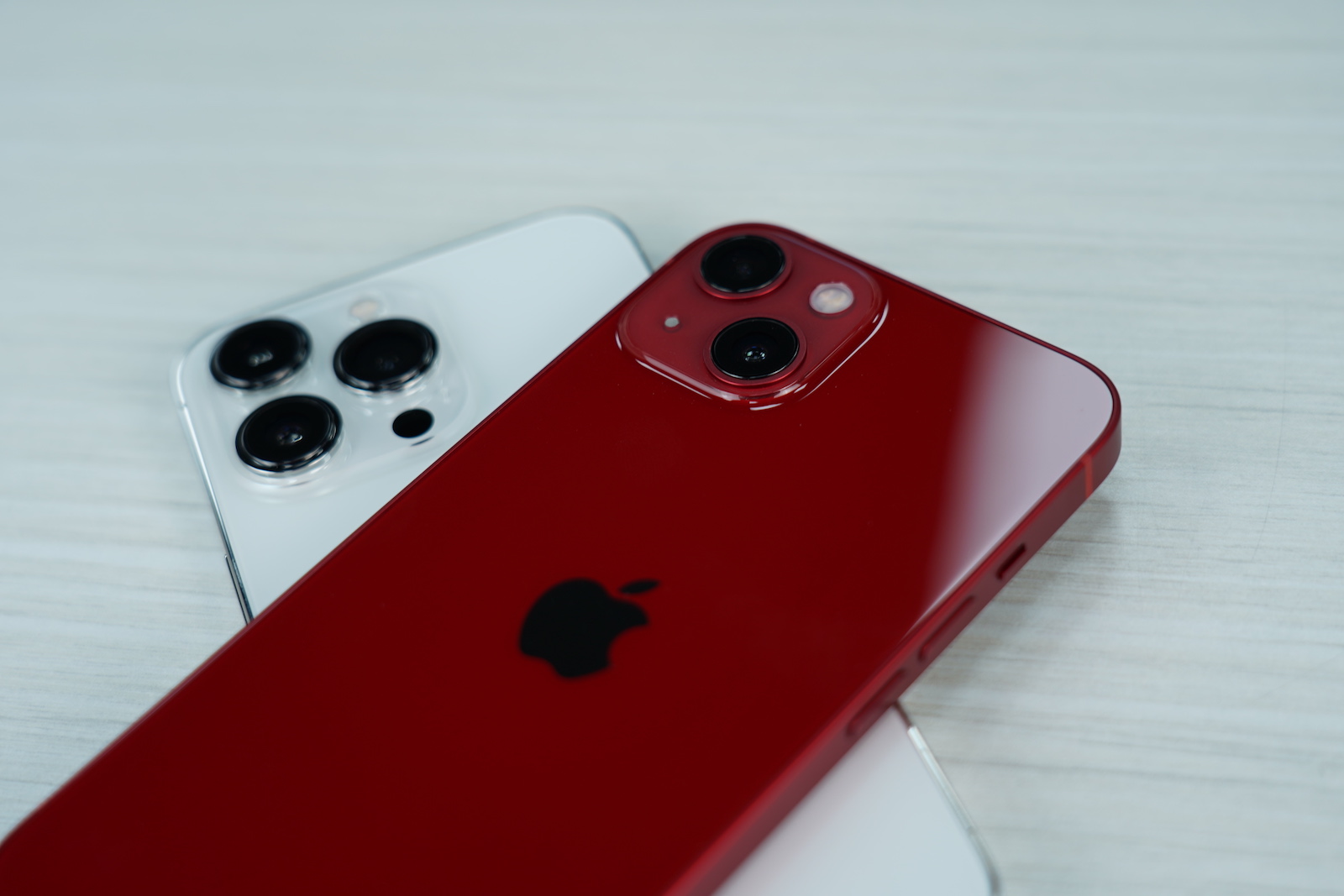
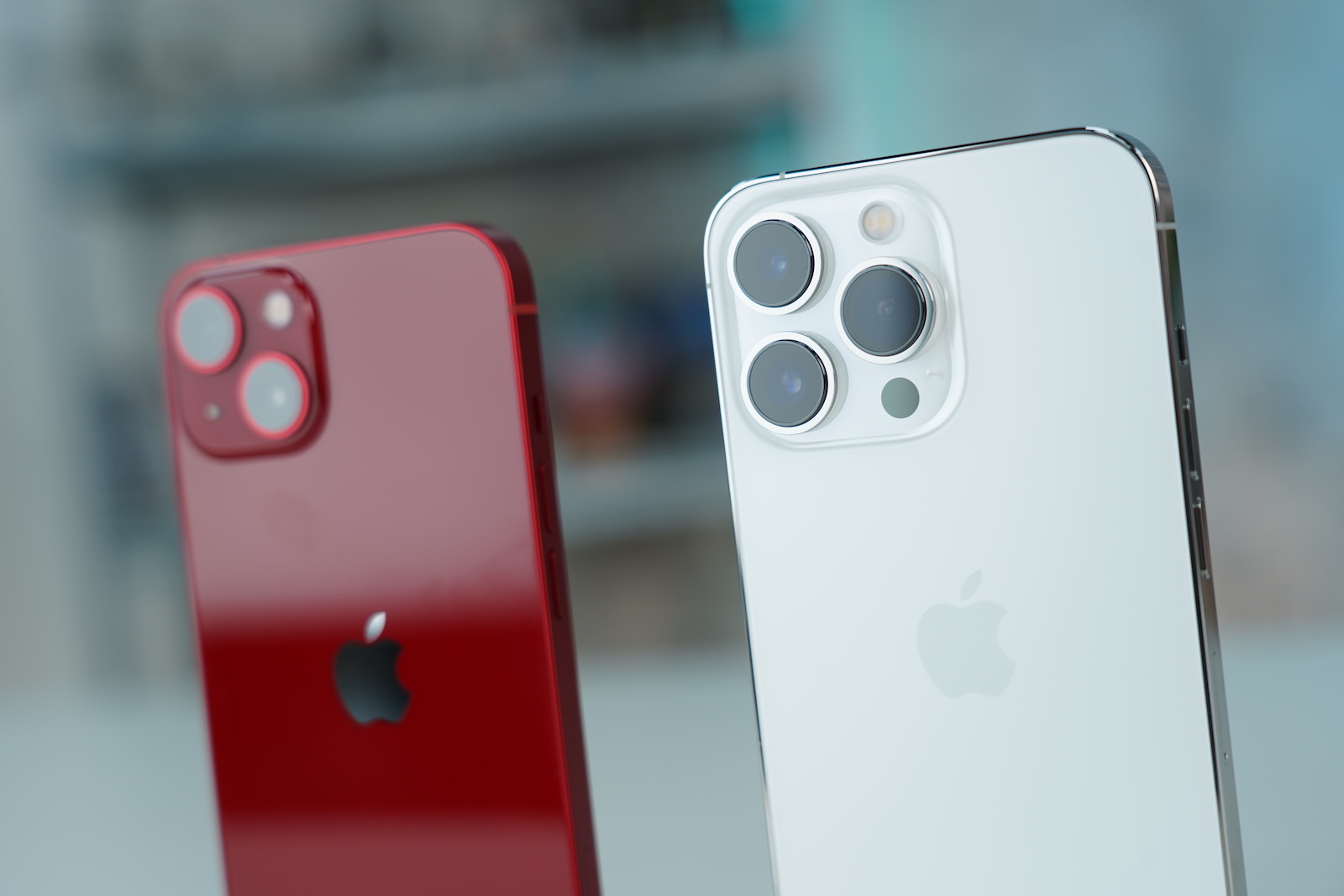
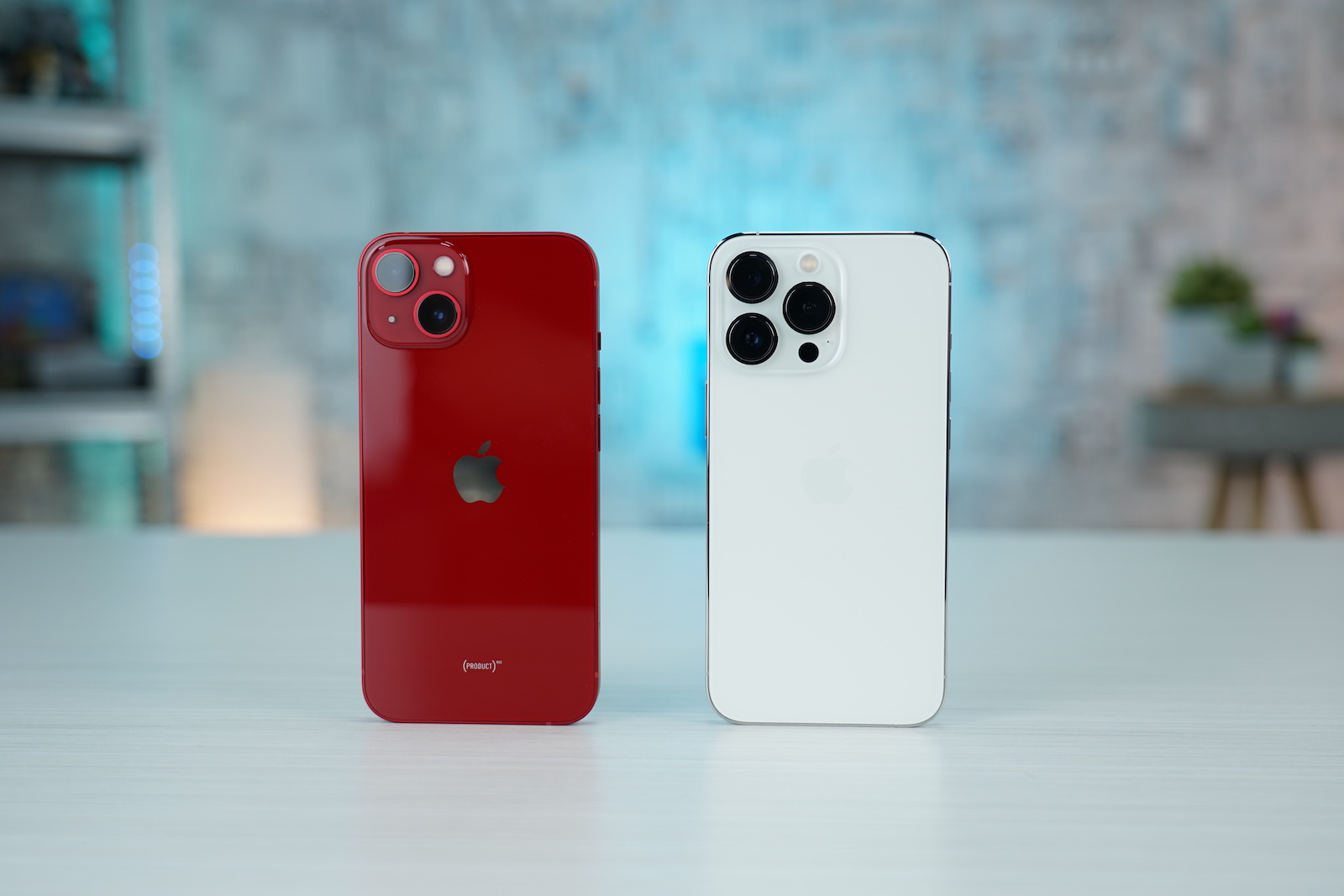
A higher resolution may look nice, but rather if they made the consumption of the display even more efficient, there might not be a bigger battery, there could be more space for cameras or other components.